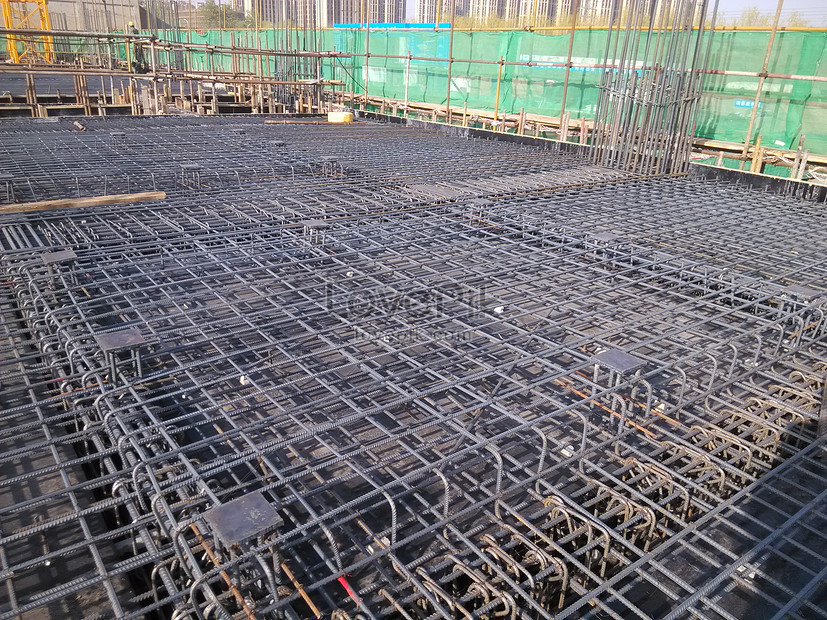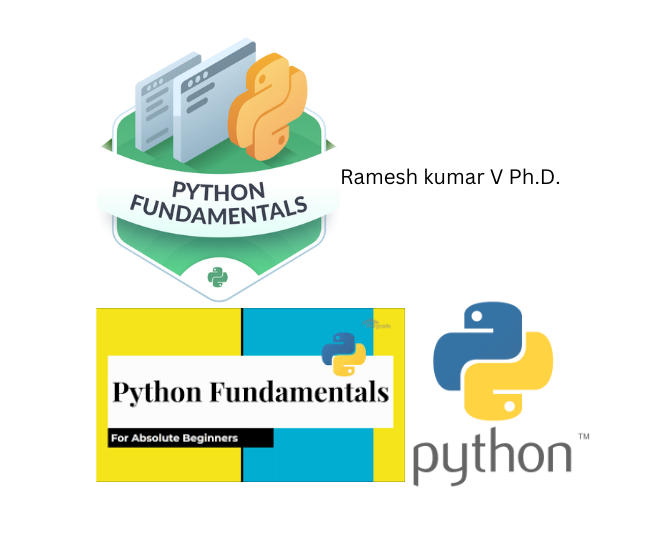Search results: 360
- Teacher: Padmapriya R
- Teacher: Nirmala R
- Teacher: Packialakshmi S
- Teacher: Mohana Gopiraj N
- Teacher: Dr.Annamalai S
- Teacher: Priyanka T
Programming in c and c++ is a high level language.
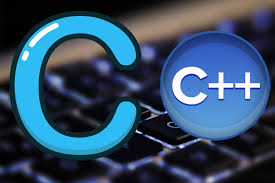
- Teacher: Sundar Rajan G T
- Teacher: Sivagami P
COURSE OBJECTIVES
- Software process models and compare their applicability.
- Identify the key activities in managing a software project.
- Concepts of requirements engineering and Analysis Modelling.
- Apply systematic procedure for software design and deployment.
- Compare and contrast the various testing and maintenance.

- Teacher: Pravin A
- Teacher: Ronald Tony A
- Teacher: Yovan Felix A
- Teacher: hemalatha c
- Teacher: Deepa D
- Teacher: RAMALAKSHMI D
- Teacher: Albert Mayan J
- Teacher: Dr T Prem Jacob
- Teacher: SANKARI M
- Teacher: Kamalesh Murari Devakannan
- Teacher: Ajitha P
- Teacher: Aroul Canessane R
- Teacher: Shalini R
- Teacher: Vignesh R
On completion of the course, student will be able to
CO1 - Understand the micro level dataflow in various units of computer.
CO2 - Demonstrating the impact of control memory operations and multi-process or characteristics.
CO3 - Examining the different types of memory and experimenting the mapping techniques.
CO4 - Select the suitable process scheduling technique for optimized function of operating systems.
CO5 - Critically upraising the deadlock in CPU and other memory management techniques.
CO6 - Design and Developing optimized architecture for stand-alone applications.

- Teacher: Vijaya Baskar V
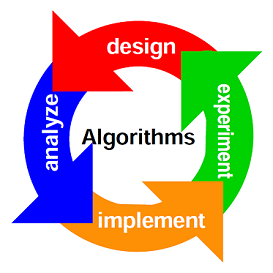
- Teacher: Deepa A
- Teacher: Viji Amutha Mary A
- Teacher: Shamreen Ahamed B
- Teacher: LAVANYA G
- Teacher: Ramya Franklin G
- Teacher: MERLIN MARY JENITHA
- Teacher: Suji Helen L
- Teacher: Anto Praveena M D
- Teacher: Anandh Sree R
- Teacher: Asha R
- Teacher: VELVIZHI R
- Teacher: LAKSHMI PRIYA S
COURSE OBJECTIVES
➢ To have an overview of different types of operating systems.➢ To learn and implement the concept of process management.
➢ To observe the concept of storage management.
➢ To understand the concept of I/O and file systems.
➢ To learn the basics of Linux Programming.
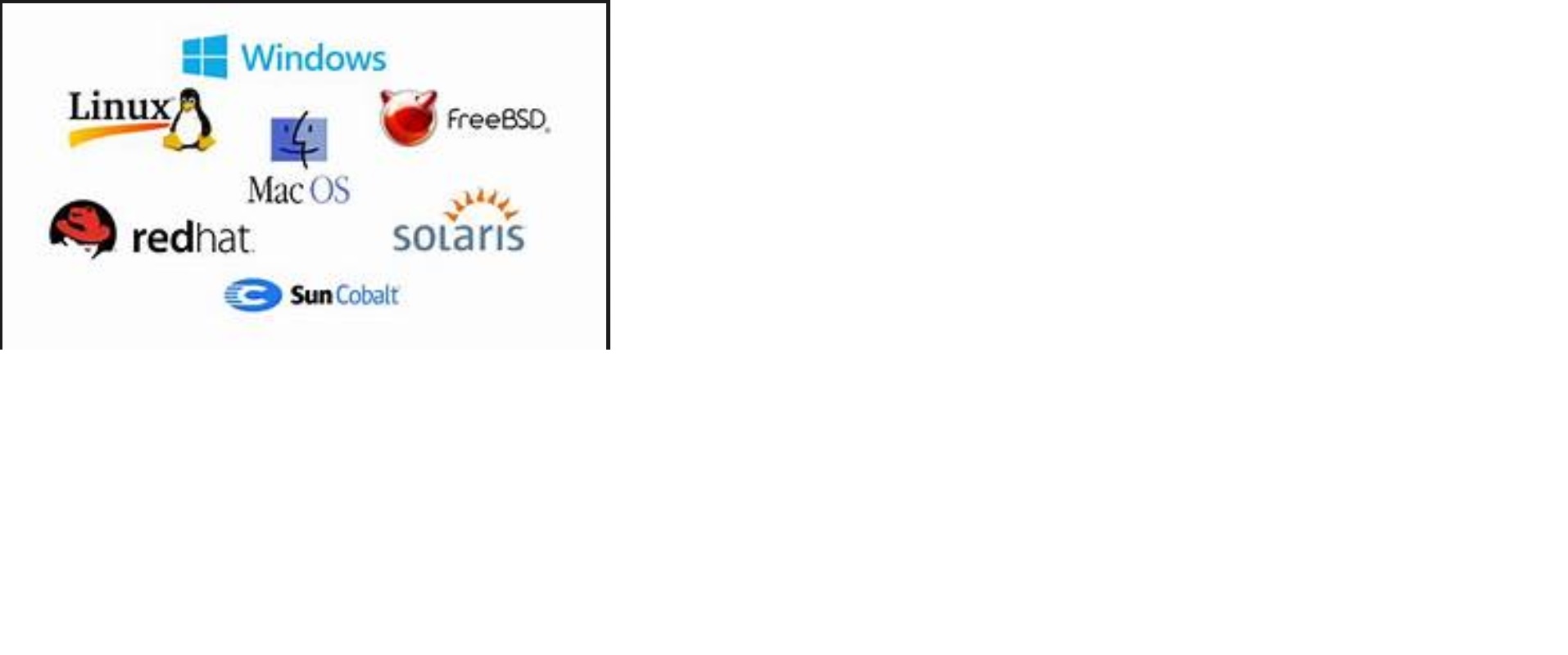
- Teacher: Mary Posonia A
- Teacher: Ruby Angel
- Teacher: Ankayarkanni B
- Teacher: Saravanan D
- Teacher: Ashok Kumar K
- Teacher: Mary Gladence L
- Teacher: Dr.Sridevi N
- Teacher: Maya Gopal P S
- Teacher: Ramya R
- Teacher: Subhashini R
- Teacher: POTHUMANI S
- Teacher: Prince Mary S
SCSA1503 - COMPUTER GRAPHICS AND MULTIMEDIA APPLICATIONS
COURSE OBJECTIVES
- To introduce two and three dimensional graphical structure.
- To design 2D and 3D methods and Models.
- To explore the visible surface detection with illumination and color models.
- To understand the concepts involved in multimedia and basis tools.
- To gain knowledge on Multimedia compression and animations.
COURSE OUTCOMES
CO1 : Identify the various line and circle drawing algorithm.
CO2 : Study the various transformations in 2D and 3D objects.
CO3 : Understand the concepts of curves and surface.
CO4 : Apply transformation and clipping algorithm in 2D and 3D objects.
CO5 : Design Illumination and color models.
CO6 : Implement 2D and 3D Transformation concepts in Real world Applications
SYLLABUS
UNIT 1 BASICS OF COMPUTER GRAPHICS 9 Hrs.
Output primitives- Survey of Computer Graphics- Overview of Graphics System- Line drawing Algorithm (DDA Line Drawing Algorithm, Bresenhams Line Drawing Algorithm)-Circle drawing Algorithm- Curve Drawing Algorithm- Attributes of output Primitives- Antialiasing.
UNIT 2 2D TRANSFORMATIONS AND VIEWING 8 Hrs.
2D Transformation and other transformation – 2D and 3D Viewing- Line Clipping(Cohen Sutherland)– Polygon Clipping (Sutherland Hodgeman) – Logical Classification Input Function.
UNIT 3 3D CONCEPTS AND CURVES 10 Hrs.
3D Object: Representation Method- B-Rep- Sweep Representation- 3D Transformation – curve generation – Splines – Beziers – Blending of curves other interpolation techniques- Display Durves and Surface – Shape Description Requirements – Parametric function – 3D Concept Introduction – Fractals and Self Similarity – Successive refinement of Curves – Koch Curves and Paeno Curves
UNIT 4 METHODS AND MODELS 8 Hrs.
Visual Surface detection methods – Illumination models – Halftone Patterns – Dithering Techniques – Polygon Rendering Methods – Ray Tracing Methods – Color methods – Color Applications.
UNIT 5 MULTIMEDIA BASICS AND TOOLS 10 Hrs.
Multimedia Basics and Tools – Introduction to Multimedia – Compression and Decompression – Data and File Format Standards – Digital voice and audio video image animation- Introduction to photoshop- workshop tools- Navigating window – Importing and Exporting Images – Operations on Images – resize, Crop, rotate. Introduction to Flash – Elements of Flash Documents – Flash Environment- Drawing Tools – Flash Animation Importing and Exporting – Adding Sounds – Publishing Flash Movies.
Max. 45 Hours
TEXT / REFERENCE BOOKS
1. Donald Hearn and M. Pauline Baker, Computer Graphics C Version, 2 nd Edition, Prentice Hall, 2006.
2. Fabio Ganovelli, Massimiliano Corsini, Sumanta Pattanaik, Marco Di Benedetto “Introduction to Computer Graphics: A Practical Learning Approach” Taylor and Frainces Group. 2015.
3. Tay Vaughan ,”Multimedia”, 5th Edition, Tata McGraw Hill, 2001.
4. Ze-Nian Li, Mark S. Drew ,”Fundamentals of Multimedia”, Prentice Hall of India, 2004.
5. D.P. Mukherjee , “Fundamentals Of Computer Graphics And Multimedia ” Prentice Hall of India Private Limited, 2006.
6. D. McClelland, L.U.Fuller, ”Photoshop CS2 Bible”, Wiley Publishing, 2005

- Teacher: Devi D
- Teacher: Ramya Franklin G
- Teacher: Dr. S. Jancy
- Teacher: SundaraVelarani K
- Teacher: G Kalaiarasi
- Teacher: Suji Helen L
- Teacher: DEVIPRIYA M
- Teacher: SANTHIYA P
- Teacher: Yogitha R
- Teacher: AMSHAVALLI R S
- Teacher: NANCY NOELLA R S
- Teacher: sageengrana s
- Teacher: NITHYA SEKAR
- Teacher: Anandhi T
- Teacher: SUBATHRA G
- Teacher: Vedanarayanan V
CO1 : Comprehend machine learning solutions to classification, regression and clustering problems
CO2 : Understand the strengths and weaknesses of many popular machine learning approaches.
CO3 : Interpret the results of the algorithms.
CO4 : Select suitable model parameters for different machine learning techniques.
CO5 : Design algorithms for real world problems using machine learning algorithm.
CO6 : Gain experience of doing independent study and research.
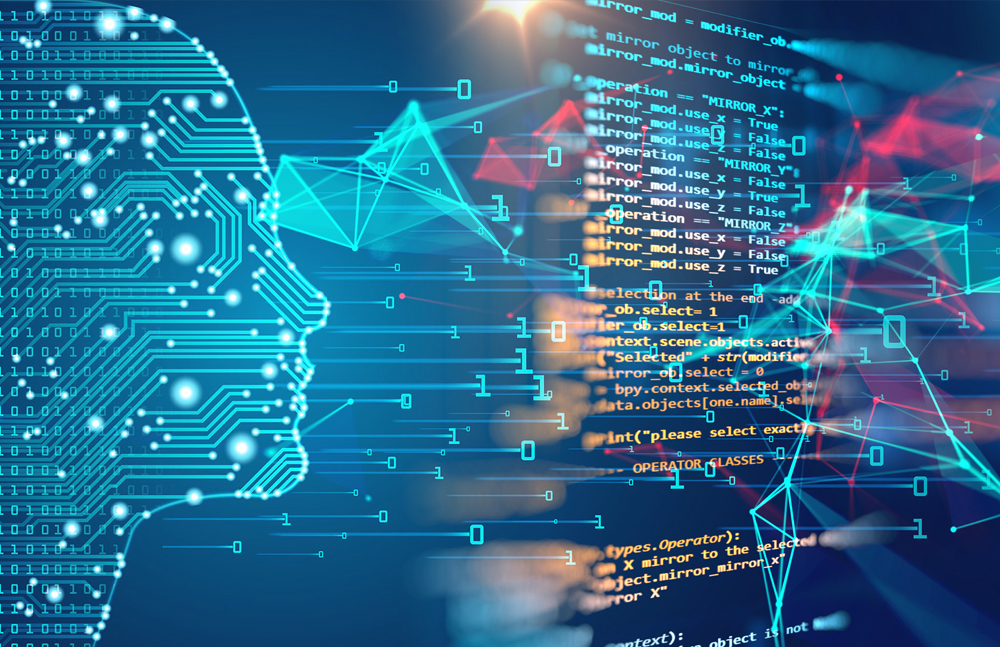
- Teacher: Dr. Santha Sheela A C
- Teacher: DAPHINE DESONA CLEMENCY C A
- Teacher: Mary Gladence L
- Teacher: Anto Praveena M D
- Teacher: Asha P
- Teacher: Mercy Paul Selvan Paul selvan
- Teacher: NANCY NOELLA R S
- Teacher: LAKSHMI PRIYA S
- Teacher: Revathy S
- Teacher: Ramya Franklin G
- Teacher: Dr.KARTHIKA J
- Teacher: Veena K

